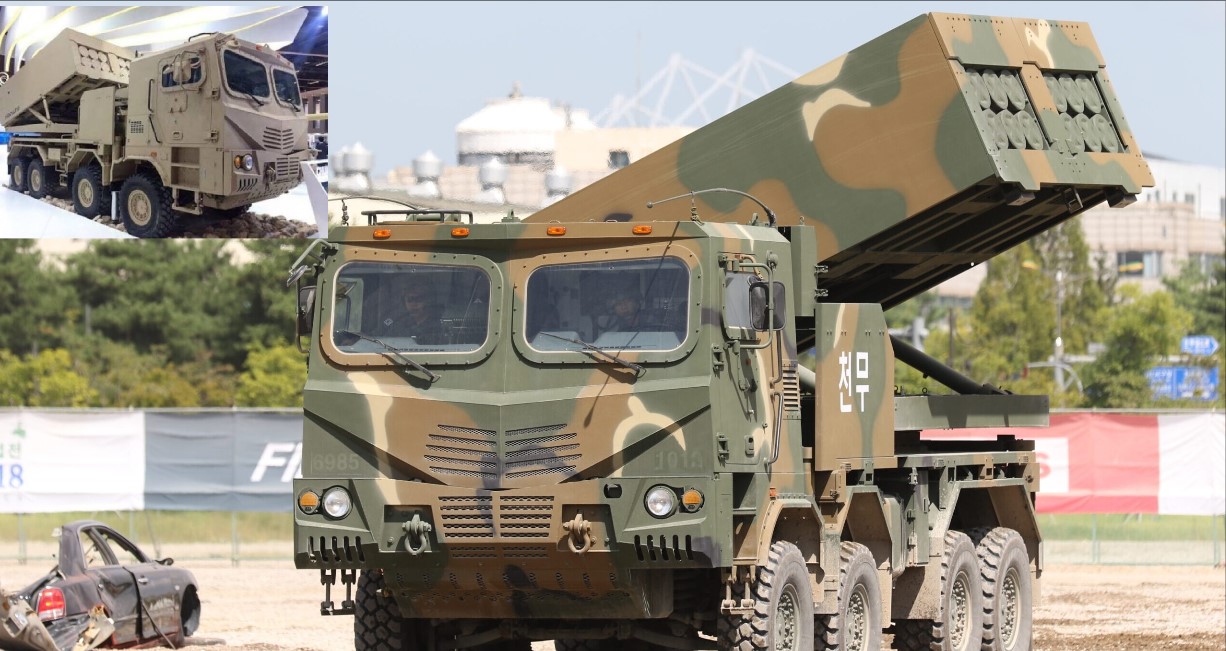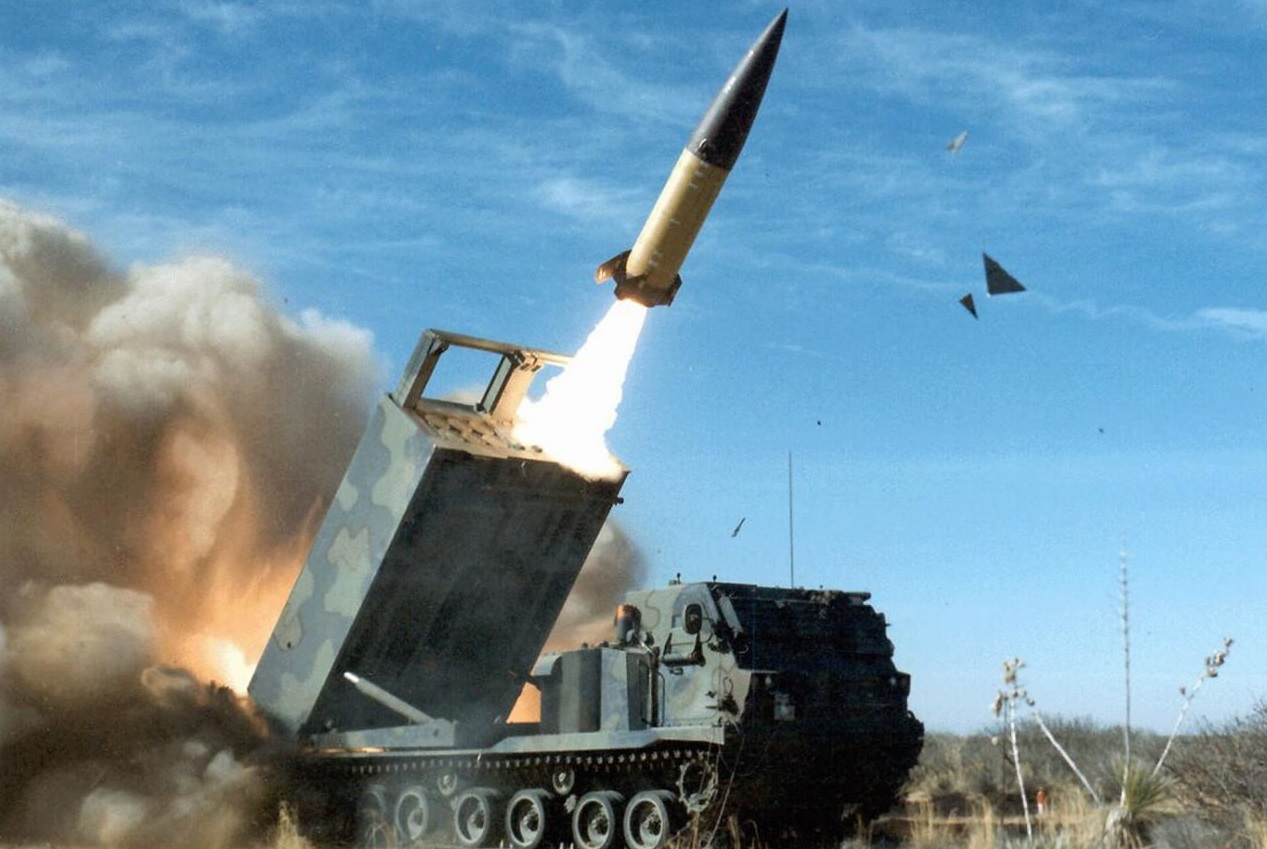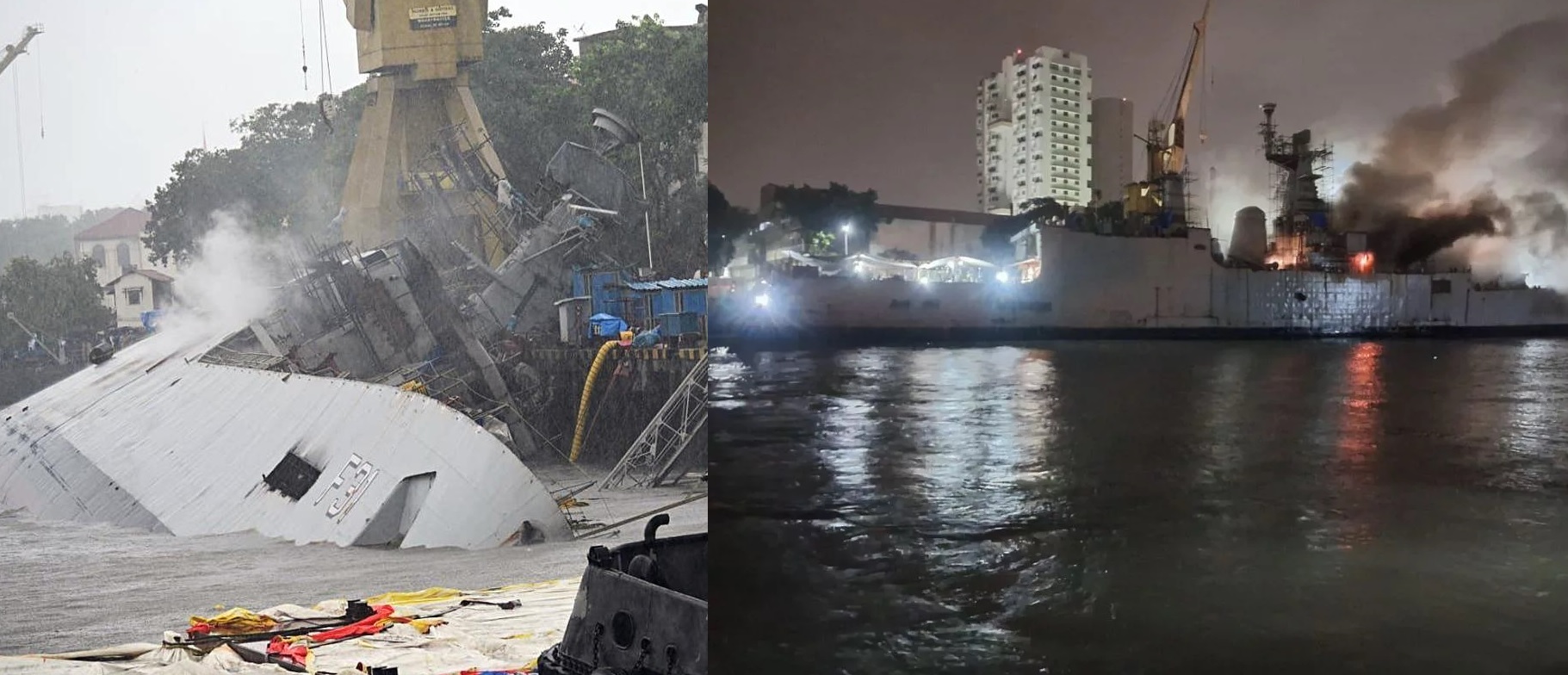US Raises Alarm Over Iran’s Chemical Weapons Development Using Synthetic Opioids

In a worrying development, the United States has issued a stark warning about Iran’s advancement in chemical weapon capabilities, particularly in creating agents using synthetic opioids like fentanyl. These agents, known as pharmaceutical-based agents (PBAs), have the potential to incapacitate both soldiers and civilians, introducing a unique threat to the already tense Middle Eastern region. U.S. security analysts have expressed growing concerns that Iran may supply these weaponized opioids to regional proxies, such as Hezbollah, intensifying the possibility of these agents being deployed in conflicts.
One expert vocalizing these concerns is Matthew Levitt, a senior fellow at the Washington Institute, who recently wrote about Iran’s PBA program for the Combating Terrorism Center at West Point. Levitt stressed that the creation of these opioid-based agents poses an urgent threat, as these substances could be used not only to incapacitate but, in high enough doses, to kill. By targeting the central nervous system, these PBAs act rapidly and could create widespread casualties without the large-scale physical destruction caused by traditional explosives.
This revelation comes at a time of escalating instability in the Middle East, which has seen rising militancy from Iran-backed groups and proxy forces. According to Levitt and other experts, Iran’s development of PBAs has been ongoing since at least 2005, potentially violating the Chemical Weapons Convention (CWC), an international treaty Iran signed in 1997. The CWC prohibits the use, development, and stockpiling of chemical weapons. However, Iran’s ongoing work with opioid-based agents suggests a troubling disregard for this commitment, sparking concern within international regulatory bodies like the Organisation for the Prohibition of Chemical Weapons (OPCW).
Iran’s PBA program includes synthetic opioids, especially fentanyl, which are well-known in the medical field for their potency as pain relievers but are also among the most lethal substances when used inappropriately. Weaponized PBAs could allow Iranian proxies to incapacitate large groups in controlled scenarios, using grenades or other delivery systems to expose individuals or crowds without causing overt physical harm. Experts believe that Hezbollah, Iran’s most prominent proxy in Lebanon, could use these agents in kidnapping operations or to neutralize Israeli forces in a strategic move that avoids more traditional and destructive forms of combat.
This dual-use characteristic of PBAs—substances that can be employed both medically and as weapons—adds another layer of complexity to their regulation. Unlike traditional chemical agents that are easily identifiable as weapons, these synthetic opioids are pharmaceutical compounds that are otherwise lawful and beneficial in medical settings. This complicates enforcement under international law, as regulating PBAs without hindering the pharmaceutical industry is challenging. For the U.S. and its allies, Iran’s use of synthetic opioids in chemical weapon development illustrates a worrying new front in chemical warfare, one that leverages pharmaceutical advances for military purposes.
Additionally, recent reports from Iran suggest that PBAs may have already been used within the country. For instance, several cases of mass poisoning in Iranian schools have raised suspicion among some local journalists who allege that these incidents could be linked to the country’s PBA research. Though unconfirmed, these reports hint at the potential domestic misuse of these chemical agents, possibly to suppress dissent or for other politically motivated actions.
Iran, for its part, defends its PBA research as necessary for crowd control, citing the traumatic legacy of chemical attacks suffered during the Iran-Iraq War as justification for bolstering its own defensive capabilities. Nevertheless, this claim has done little to quell international concern. The U.S. has consistently argued that Iran’s activities violate the spirit and letter of the CWC, particularly when the development of chemical agents is geared toward military or subversive purposes.
The international community now faces a critical challenge: the opioid-based PBAs Iran is developing represent an advanced form of chemical weapon that could spread beyond the Middle East if distributed to proxy forces. The U.S. and its allies continue to monitor the situation closely, fearing the broader implications for regional stability and security. As tensions remain high in the Middle East, Iran’s PBA program raises the stakes in a conflict landscape already fraught with complex alliances and proxy warfare, emphasizing the urgent need for diplomatic and regulatory action to curb the threat of chemical weapons disguised as pharmaceuticals.


